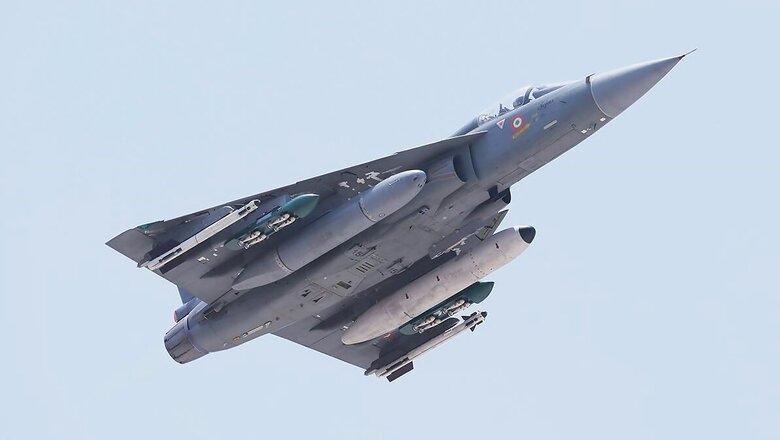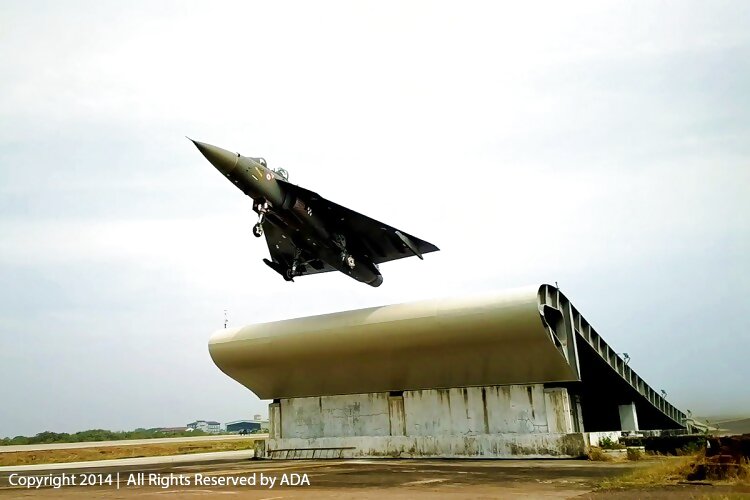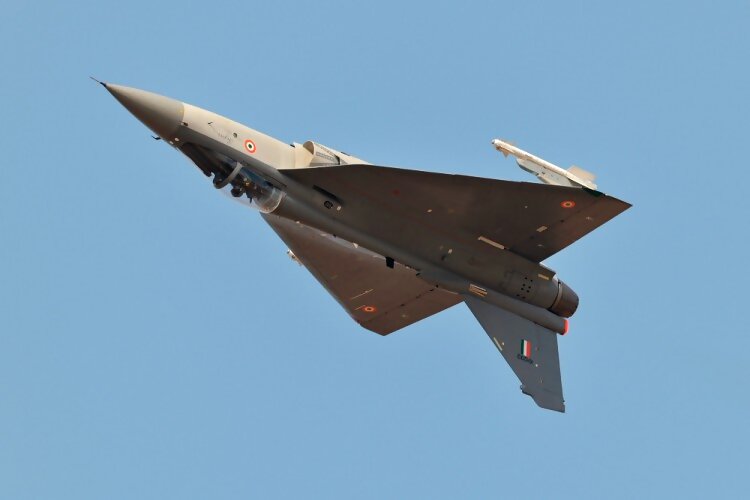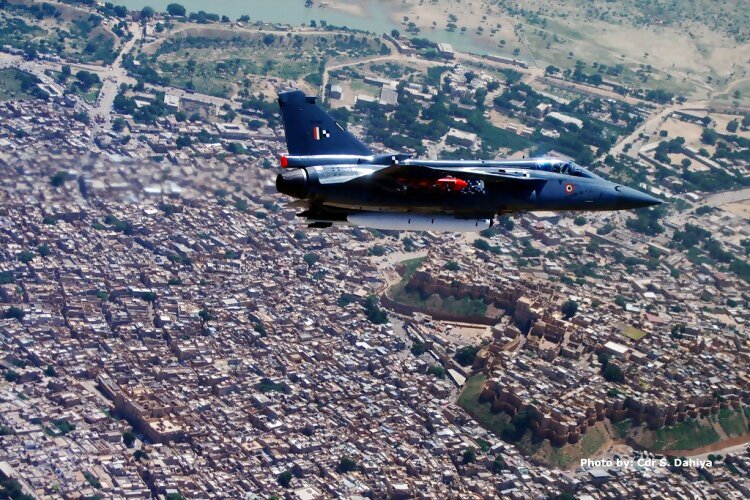
views
The wait is finally over. After years in limbo and followed by another few years of testing, the Light Combat Aircraft (LCA) seems all set to enter service with the Indian Air Force. In the aftermath of the breakdown of the MMRCA competition and the required squadron strength plunging to an all time low, the government’s decision to add 100 more modified jets to the initial order of 20, comes as a relief.
While the debate about the performance of the LCA platform rages on, let us take a look at some interesting facts about this homegrown fighter.
Poetry meets power
Right from the drawing board, the aim of the LCA program was to deliver the best single engine lightweight fighter in the world. But what is a fighter without a fitting name? Former Prime Minister Atal Bihari Vajpayee, himself a renowned poet, christened the then nascent aircraft, ‘Tejas’, or Radiant.
All in the Family
The Defence Research and Developement Organization (DRDO) and its partner agencies are developing four versions of Tejas - LCA for the IAF, LCA trainer for the IAF, LCA for the Indian Navy (IN) and LCA trainer for the IN. To aid the development of the navy variants of the aircraft, a shore based testing facility was created in Goa, including a ramp that mimics the take off / landing deck of an aircraft carrier.

Stealth
With all major militaries investing significantly in radars to detect incoming aircraft and air defence systems to shoot them down, stealth is the new cornerstone for any new aircraft development. The idea is to keep the Radar Cross Section (RCS) as low as possible. Tejas employs various features to keep the RCS low, including Y-shaped air inlets, extensive use of composite materials (which do not reflect radar waves) and a generous coating of radar-absorbing materials over the control surfaces.
Designed to be Unstable
Tejas employs a delta wing configuration (wings shaped like a triangle) with no tailplanes or canard, and a single dorsal fin. The aircraft is, by design unstable. The unstable design makes it extremely maneuverable, giving it a distinct edge over its competitors when it comes to dogfights.

The Punch
LCA has 8 weapon hardpoints (a special station on the airframe designated to carry an external load) - three under each wing, one under the central body and one under the air inlets on the left side of the plane. This allows Tejas to use a wide range of the weapon systems. This includes mid and close-range air-to-air missiles, precision-guided weapons, air-to-surface (including anti-ship) missiles, conventional bombs, cluster bombs and unguided rockets. The pylons can carry a maximum of 4 tons of weapons. This is in addition to the plane’s main gun, a 23mm twin barreled cannon with 220 rounds.

Testing, testing and some more testing
The capability of any advanced platform can only be proven through relentless and repeated testing. In fact, the LCA prototypes had completed over 1000 test flights and over 530 hours of flight testing by January 2009. In 2013 alone there were over 450 test flights. The various prototypes underwent rigorous hot weather training in Jaisalmer in the heights of summers. For cold weather and high altitude tests, the planes were taken to Ladakh.

What Next?
Next in line is the Tejas Mark 2 which will feature a significantly more powerful engine and improved aerodynamics. The Mark 2 will incorporate many features that will make it a fifth generation fighter. The weapon load will also be upped by another 1000 kgs. Even as scientists are working to achieve the Mark 2 levels, an LCA Mark 3 is already in the pipeline. This future aircraft will use composite materials in over 70 % of its construction thus making it extremely stealthy.


















Comments
0 comment